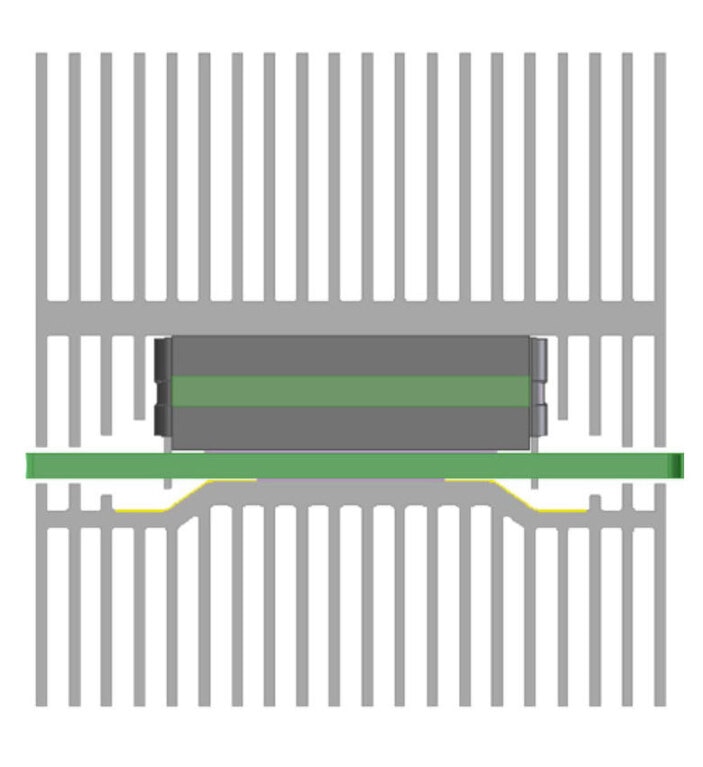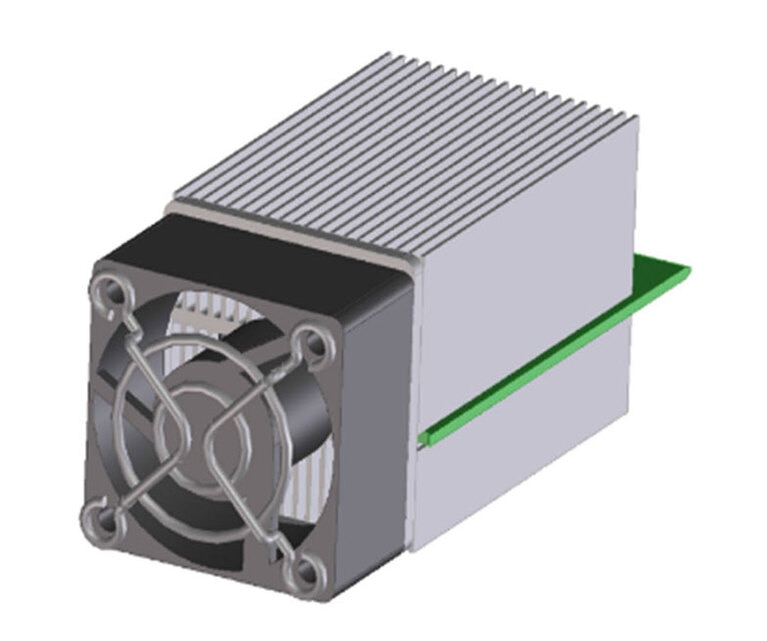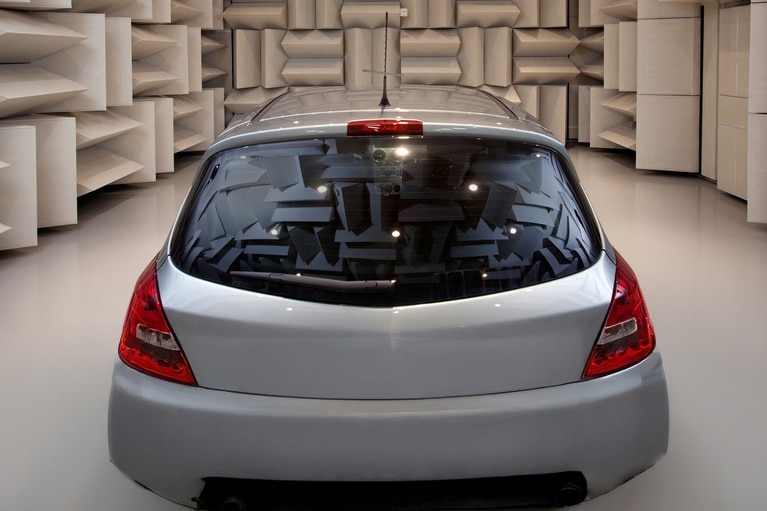
High-density power modules simplify and downsize EV power system design
Vicor power modules infuse innovation into EV applications. Learn how three new automotive-grade products will revolutionize the future of power designs
Packaging innovations play a critical role in the improvement of power system performance.
By now, the functional density of most electronic applications make thermal design an important part of new-product development. The current demands and current dynamics that characterize most products requires embedding the power management subsystem within the functional design—a break from the tradition that held subsystems as freestanding objects.
With electrical loads—heat dissipaters—and power management components (1-η dissipaters) co-locating on system boards, thermal challenges grow with increasing operating temperature: Excess heat reduces the reliability of electronic components. Additionally, designers must derate power components for operation at elevated temperatures so, without effective methods of eliminating heat, power trains become over designed, resulting in larger, heavier, and more expensive systems.
So, as significant an advance as brick packaging technologies were, and while the brick form factors still play a role in terms of simplicity, the industry has grown to need even more dense power management devices beyond what can be accomplished with purely single-sided cooling.
One example of advanced packaging that improves power processing and delivery performance is the Converter housed in Package (ChiP) technology from Vicor. ChiP-based devices exploit symmetrical configurations placing dissipative devices on both sides of a central PCB. A thermally conductive encapsulant transfers heat to both the top and bottom surfaces effectively doubling the cooling surface area relative to the device’s PCB footprint (Figure 1). With appropriate system PCB design, additional heat can conduct through the electrical contacts as well.
Figure 1: Advanced packaging technologies, such as Vicor ChiP, support symmetrical thermal designs exploiting top- and bottom-side cooling
A combination of high efficiency—97.5% peak for 380 to 12V bus converters—and symmetrical thermal design with advanced materials can provide 1.5kW. Including heat sinks and a fan assembly, a 40 x 40 x 100mm assembly offers a power density of 9.4W/cm3 (Figure 2).
Figure 2A: Cross-section of heatsink enabling top- and bottom-side cooling
Advanced packaging technologies such as this provide 3-D thermal management schemes in either surface mount or through-hole mount form factors. Integrated magnetics promote designs requiring few external components, saving design-cycle time, circuit board area, and product assembly costs.
The encapsulant promotes efficient heat transfer while providing a level of safety insulation commensurate with high-voltage power management requirements and international safety standards. This allows the same packaging technology to apply to a wide range of power management functions. These include AC-DC conversion with power-factor correction; isolated bus conversion; DC-DC conversion; buck, boost, and buck-boost regulation; and POL current multiplication. A single packaging technology that is applicable to the full menu of power management tasks from power entry to PoL can also simplify system thermo-mechanical design by unifying device profiles and thermal characteristics.
Capabilities and scaling vary among various power component manufacturers, so check your vendors’ offerings carefully. In the case of Vicor ChiP-based components, devices can attain thin profiles to 4.7mm and footprint areas from 6 x 23mm to 61 x 23mm, and expanding. Current capabilities extend to 180A and operating voltages to 430V, and rising. The company has demonstrated power delivery capabilities in this package technology as great as 1.5kW, and that number is set to increase as well.
In lower-power applications such as POL converters, small-footprint, low-profile packages provide system designers with additional flexibility to minimize trace lengths from power converter to load. When powering digital resources characterized by high dynamic currents, such as ASICs, processors, or memory subsystems, low loss and low inductance power feeds ensure tight regulation and rapid transient response measured at the load, where it counts.
This type of packaging technology also supports high voltage-ratio converters, which in some applications can allow designers to eliminate an entire conversion stage, reducing system cost, increasing the power-train’s end-to-end operating efficiency, and increasing reliability.
Figure 2B: Power management devices taking advantage of advanced packaging can deliver as much as 1.5kW from cells measuring less than 10 in3 including heatsinks and fan
High-density power modules simplify and downsize EV power system design
Vicor power modules infuse innovation into EV applications. Learn how three new automotive-grade products will revolutionize the future of power designs
Active suspension comes of age bolstered by high-density power modules
Active suspension has evolved from 1990s beta model to today’s 48V-driven system. See the impact power modules have made on power system design
MHz switching frequency-based devices enable miniaturization of the DC-DC converter and EMI filters
Imagine using DC-DC converters solutions to harness the benefits of high-frequency switching without incurring conventional shortcomings
Future-proof advanced EVs by adopting 48V zonal architectures
As OEMs move to 48V, they consider how to optimize their power system design. Vicor power-dense modules deliver peak efficiency for 48V Zonal Architectures





